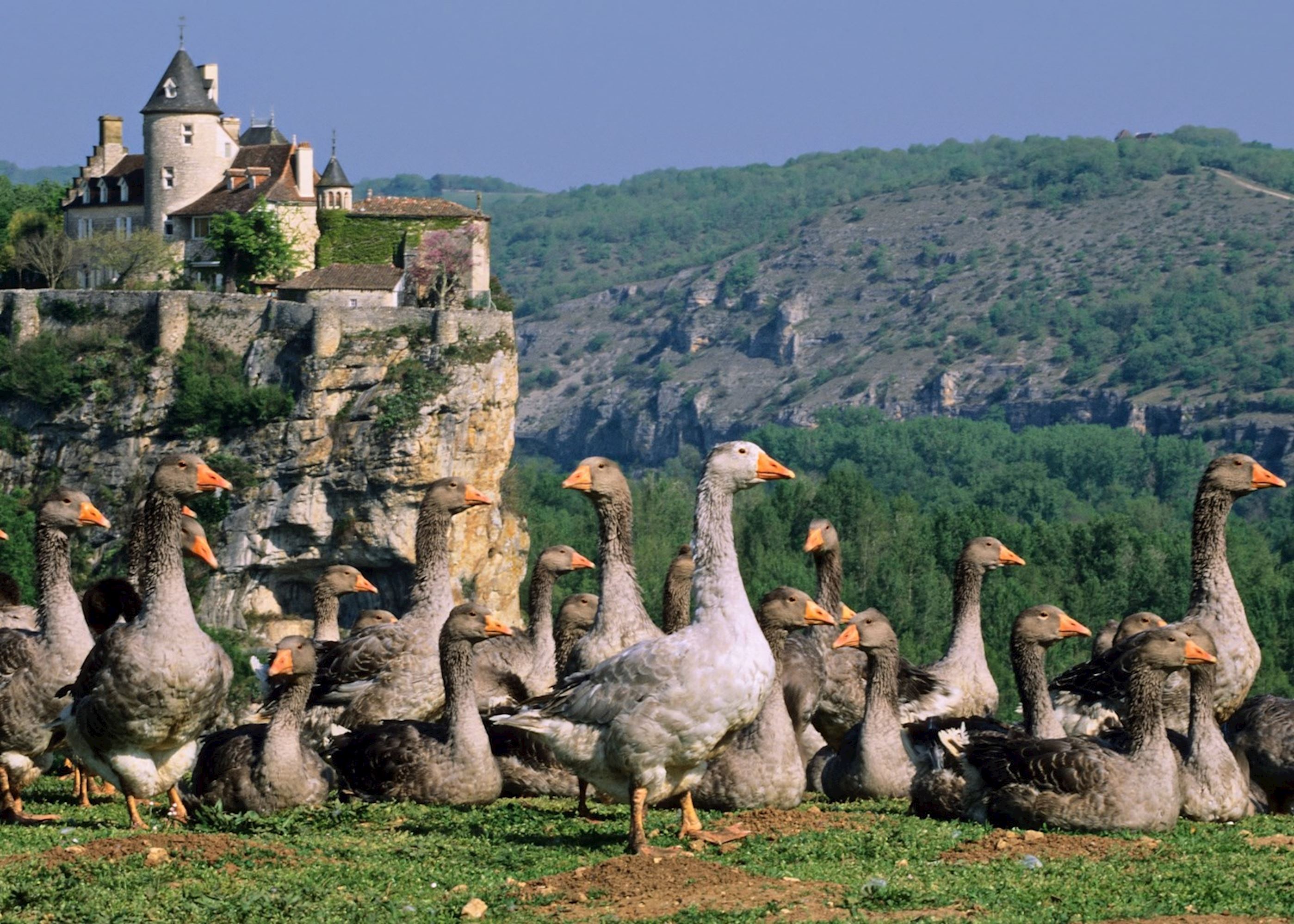
The use of stone, on the ground floor of houses, is not an insignificant choice! The inhabitants move by boat in the streets. Imagine the bastide covered by water up to the first floor of the houses. Spring or winter floods are still a regular part of local news, but they are not as impressive as some historic floods. Built between 18, they range from the Dore mountains, where it originates, to Bergerac, at the Salvette dam. It's known ! The Dordogne is no exception, even if its flow is now monitored and regulated by a few (10!) Dams.

Birds are also present on the Dordogne linear.īe careful, however, not to cross the terrifying Coulobre, a giant (and fortunately mythical!) Snake from the Dordogne which made the gabariers disappear. Be careful, the eel does not migrate in the same direction as the other species: it is born in Sargassum and comes to live in a river.

Migratory species such as river lamprey, shad, shad, salmon, sea trout and eel, take the lift at the Barrage de Tuilières, near Lalinde, in the Dordogne, to return to the Dordogne in order to spawn there. The biodiversity of the Dordogne riverįormerly generous in salmon, as evidenced by rock remains and writings, the Dordogne is still very rich in fish, notably perch, pike, carp and tench. Many marked trails also constitute a real network of bucolic walks on foot or by bike. Swimming and canoeing are practiced there during the summer season as well as duck hunting in winter. The Dordogne river is a source of great wealth and activities, with fishing, then with the construction of mills, and then thanks to the transport of goods on flat-bottomed boats called gabares. It is the only river in France whose entire basin has been classified World Biosphere Reserve by UNESCO and natural Park registered in Natura 2000.

The Dordogne flows at the Bec d'Ambès into the Gironde, the common estuary that it forms with the Garonne.


 0 kommentar(er)
0 kommentar(er)
